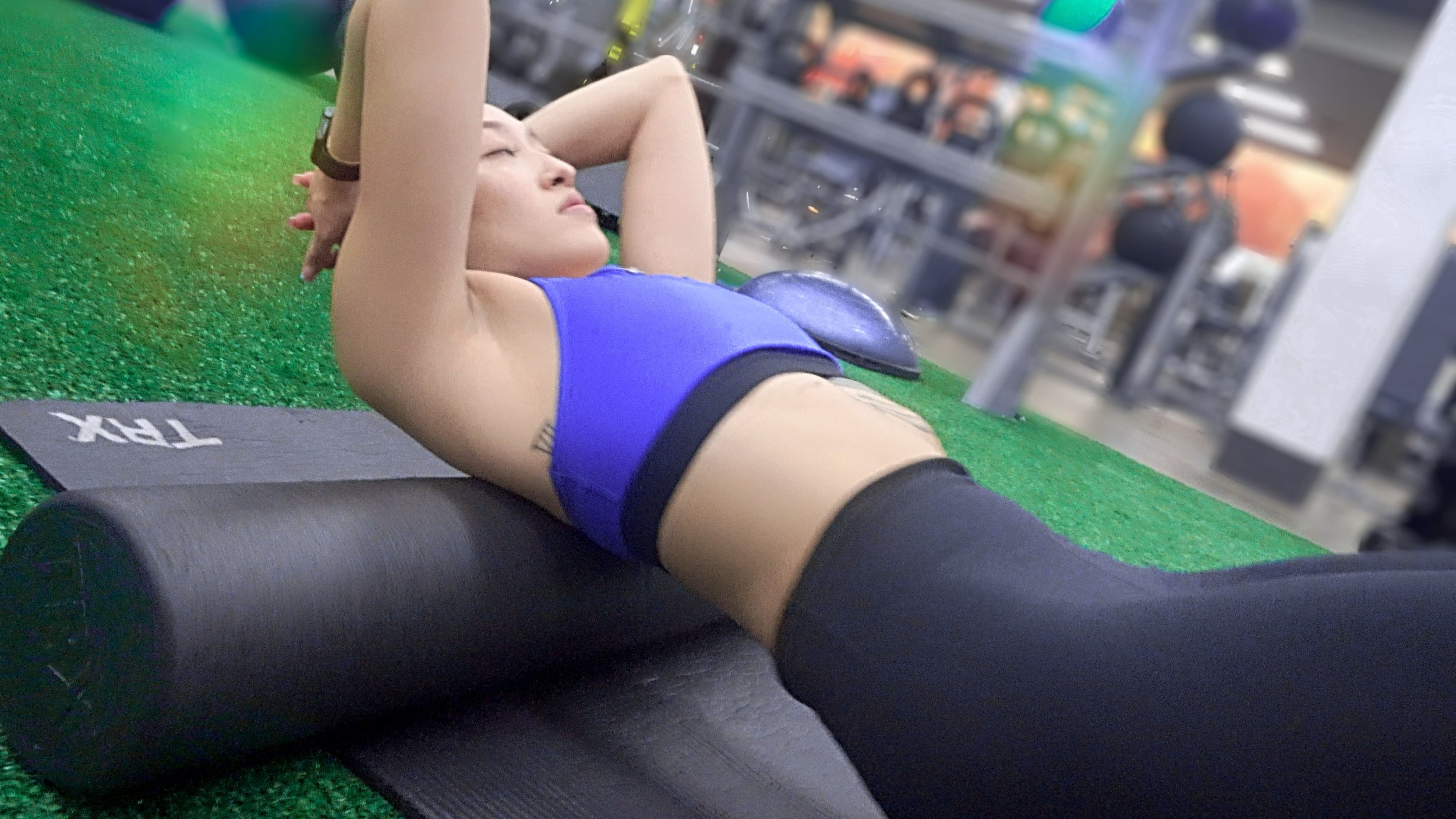Techniques to Manage Non-Epileptic Seizures Caused by PTSD
Anyone suffering from seizures, whether from epilepsy or non-epileptic causes, may experience anxiety that restricts participation in activities. Fortunately, exercise is proven to improve seizure symptoms and frequency. Improving…
How PTSD Can Cause Sleep Apnea: Natural Ways to Heal
There are two types of sleep apnea, obstructive sleep apnea (OSA) and central sleep apnea (CSA). The first is a mechanical obstruction and the latter is neuromuscular dysfunction. The type of sleep apnea that is associated with PTSD is OSA, where the mechanical obstruction to the airway causes sleep loss. The muscles affected are…
Can Trauma Cause Memory Loss?
Yes, PTSD can cause memory loss. Memory issues are one of the many symptoms of PTSD, which can lead to dissociative amnesia - forgetting details of the traumatic event. Additionally, trauma can result in overall forgetfulness in daily life, even years after the event…
Understanding the Bidirectional Relationship Between PTSD & Seizures
Non epileptic seizures are seizures from psychological or emotional distress. Therefore, the origin of this disorder is not physical like epilepsy. This is important to differentiate because the treatment course will be different. Often…
Why Are You Isolating Yourself: Is It Depression or Personal Growth?
Isolating yourself for personal growth may seem from the outside that you’re depressed — less socializing, more sleep — however, the intention is different. This is a personal choice to have peace and quiet... It’s because you’re tired of living the same way and you’re doing internal investigation to make lasting change...
At-Home Strength Training Guide & Video: Regulate Your Nervous System
When you feel triggered, your instinct might be to push yourself with a high-intensity workout to blow off steam. But this approach may not always be the best, especially if you’re already feeling overwhelmed. Instead, low-intensity strength training can...
Beginner’s Guide to Yoga and Calisthenics: Guided Video for PTSD Relief
If you’re looking for an easy entry into training without a gym membership or time-consuming routines, yoga and calisthenics are perfect. These exercises can be done at home with little to no equipment and help manage stress, anxiety, and PTSD symptoms.
How to Train Low-Intensity Cardio for Ptsd Relief
Most people associate workouts with high-intensity exercises, giving all your effort, or as a way to blow off some steam. However, when you’re already on edge, a high-intensity workout may do more harm than good. In these cases…
Guide to the Top 3 Breathing Exercises for PTSD Relief
You can do deep breathing exercises anywhere and anytime to get your nerves in check. All it takes is 1 minute of your day. To help you find the one that fits your needs best, here are the top 3 best deep breathing exercises…
How to Perform Progressive Muscle Relaxation for PTSD Relief
Progressive Muscle Relaxation (PMR) is a powerful technique that helps calm your nervous system and reduce stress. It can be a stand alone exercise or part of a meditation session. It is a technique you can perform all by yourself…
The Best Strategies to Calm Your Nerves: Nervousness & Nervous System
Even after all the work we put in, our nerves can get the best of us. The brain often tricks us into reacting to situations that remind us of past painful experiences, even when the future is uncertain. Uncertainty and nervousness can breed insecurities, anxiety and even paranoia in our minds…
Change Your Self-Talk: Stop Sabotaging Progress with Negative Self Talk
We often are the hardest on ourselves. Being self-aware and accountable for the things we do wrong is necessary for our growth. However, when we beat ourselves up when we’re already down, it keeps us down. At times it can be a defense mechanism to avoid the hard things and...




